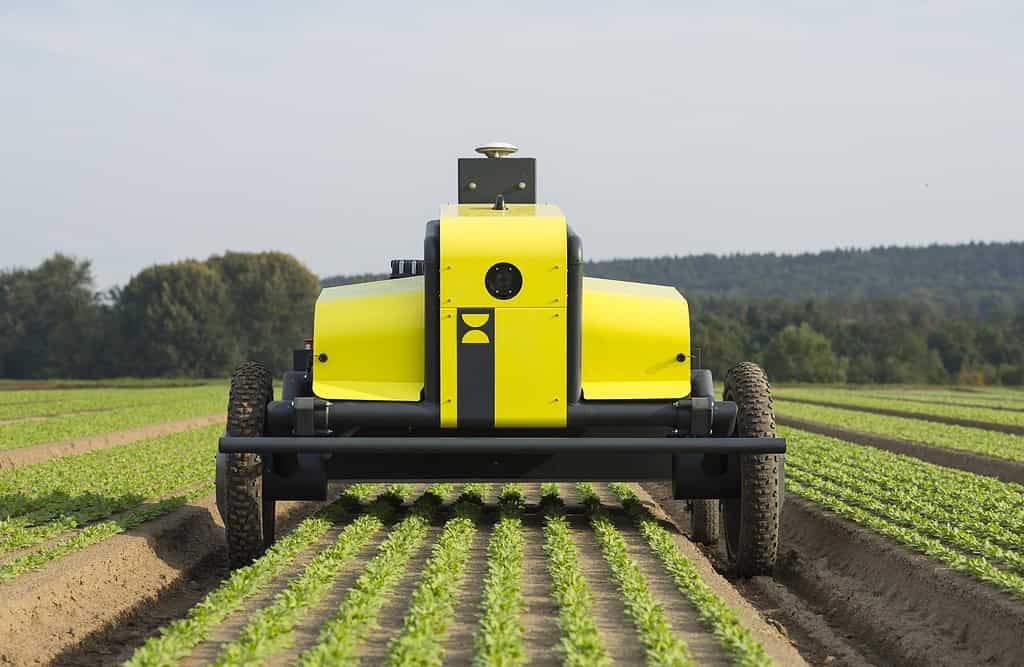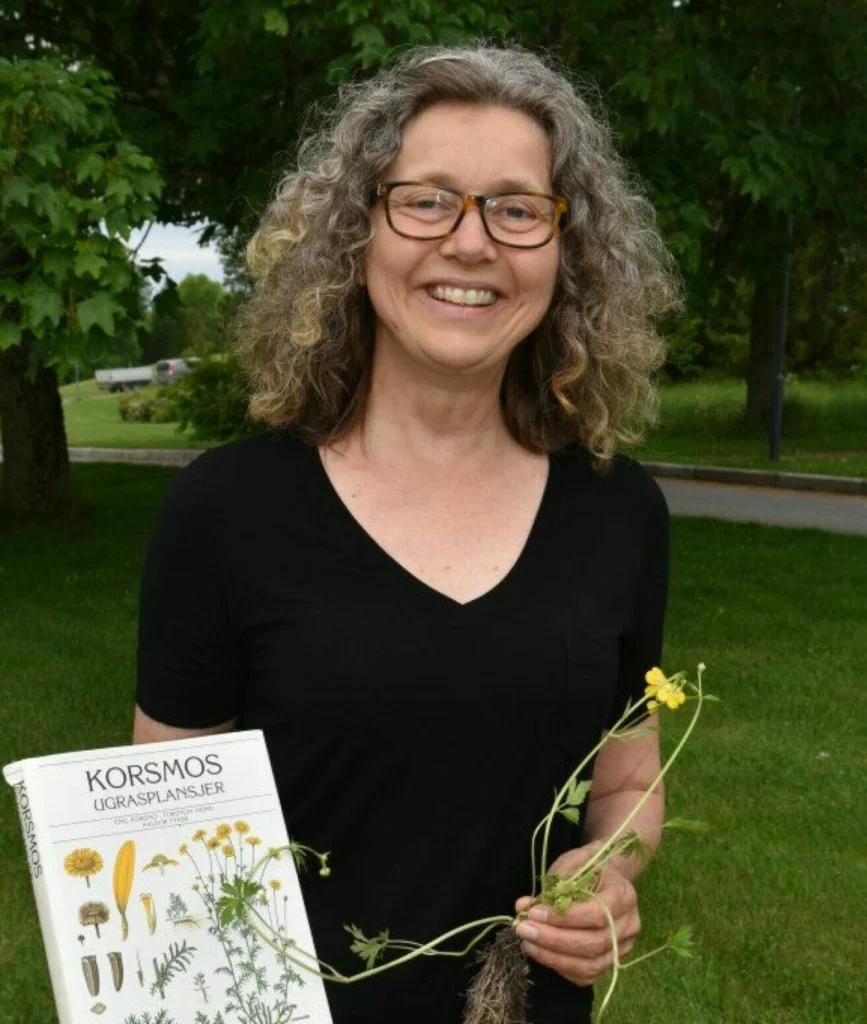
To feed the growing population of the planet, agriculture has come a long way. Productivity has increased dramatically, and we now have access to an array of tools and substances that can aid agriculture. But even with all this, plants are in trouble.
Climate change is leading to unpredictable weather patterns. We have increases in droughts, floods, and pest and disease outbreaks, all of which threaten crop yields. Additionally, the overuse of chemical fertilizers and pesticides has degraded soil health, reducing its fertility and biodiversity, making plants more vulnerable to stress and less productive. Moreover, the genetic uniformity resulting from reliance on a narrow selection of crop varieties has reduced plants’ resilience to environmental stresses.
So what if we helped plants — with robots and poison?
A drop of poison
It’s become common practice to spray plants with pesticides. Pesticides are usually applied by using specialized equipment that disperses the chemical substances in fine droplets over the crops. Typically, we use ground-based sprayers or aerial applications like drones and aircraft, ensuring even coverage to protect against pests and diseases. In practice, this means that a lot of pesticide gets used — and not all of that pesticide is necessary.
For instance, if you could detect weeds and simply spray them, precisely, even one drop of poison can be enough. That’s what some researchers in Norway thought. They developed a robot that can identify crop plants and spray the undesired weeds with a strategic drop of poison. The system can currently handle carrots, parsley root, spinach, radish, rocket, baby leaves and celeriac. Application with other plants is still in development.
The robot is powered by an AI algorithm that was taught to identify plants and separate them from weeds. Then, once it locks on, it delivers a precise drop of pesticide that kills the weed and leaves the crop unaffected.
The accuracy means we don’t need to use as much of the pesticides.
Safer farming
“It’s great that agriculture gets robots like this. It means we can use much less herbicides while the plants we eat grow better,” says Ingeborg Klingen. She is head of research at the Norwegian Institute of Bioeconomy Research (NIBIO) and one of the researchers working on this project. However, that’s just the beginning.
“Aggressive weeds, insects, and fungi are just some of the obstacles.” The robot is also learning to target other types of pests like insects, but it can’t do that using ‘vision’ alone yet. “Research is also being done on sensors that can recognise the smell of pests and fungi that kill our plants,” the scientist says.

Safer environment
This isn’t the first robot that identifies and zaps weeds. Previous efforts have done this with lasers, but the downside of lasers is that it zaps the visible part of the plant, leaving the roots from which the weed can potentially regrow. Also, controlling the laser and ensuring that it only hits weeds is harder than delivering a drop of pesticide.
Reducing pesticide use is one of the key current environmental challenges.
Pesticides typically don’t discriminate between target pests and non-target organisms, causing harm to beneficial insects like pollinators. Naturally, this contributes to declines in bee populations, and affects birds and aquatic life through water contamination. The persistence of pesticides in the environment can lead to bioaccumulation, where they build up in the bodies of organisms over time, eventually reaching harmful levels that can disrupt entire ecosystems.
Moreover, the overuse of pesticides has been linked to the development of resistant pest species, necessitating even more potent chemicals to control them. Reducing pesticide use can mitigate these environmental impacts, promoting biodiversity, preserving natural pest control mechanisms, and fostering healthier ecosystems.
We need more sustainable agriculture, but where that is not possible yet, we can also benefit from tools that help us at least reduce pesticide use. AI-powered robots is not exactly the tool you’d expect to use for that goal but if it gets the job done, why not?









